Taking the axe
Written by Sam Galsworthy for CGS 2024
“Be careful what you wish for, else you might just get it” as the well-used quote goes.
I recall with heady excitement growing up at Trewithen and wishing along the time when I might assume the reins of the house and its wonderous surroundings (assuming I didn’t put a foot wrong and heaven knows I was pretty close a few times). Even then I adored the place and relished the outdoors where I spent my time outside, den building, tree climbing, distracting gardeners, squirrel bashing, tearing out shrubs, crafting water features and annoying the visitors.
I didn’t imagine that when I did come to take on the place, some 37 years on I would still be doing precisely this. The only bit that is different is the sense of responsibility and duty that accompanies the place – this I did not factor into my formula of longing. But over time, and with the supportive guidance of our accomplished and most brilliant head gardener, Gary Long and his crew, they have come to help evolve this sense of responsibility into the real privilege that it most certainly is. We moved into Trewithen seven years ago and patiently spent our time figuring out what we might do within the house itself, which we duly did, however the domain of creativity was left almost entirely to my wife Kitty. I decided to refamiliarize myself with the garden and the parkland generally where my misspent youth had been deployed.
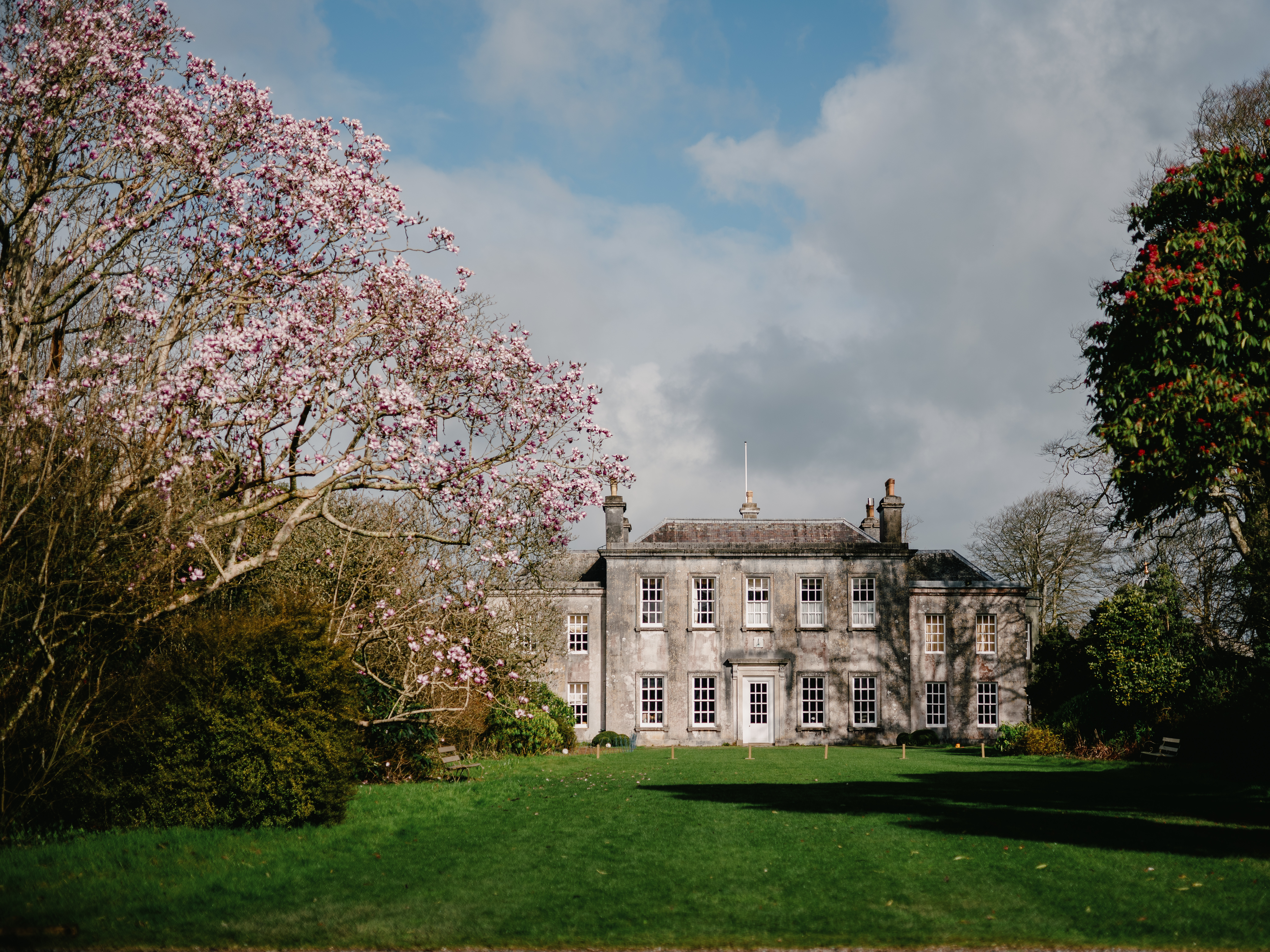
Whether there is deliberation to it or not, we always leave our mark somewhere (positive or otherwise). In terms of leaving my own mark I turned my attention to those that went before me at Trewithen as its 10th generation successor.
I am grateful to have learned so much admiring those that have gone before me and as another saying goes, it is better to be a good copy than a bad original. My father’s impact in the garden and wider parkland has of course been immense. He was sure that more needed to be done to ensure that a new canopy needed to be planted, as the present one, neck straining as it is, is now well over 100 years old and won’t be there forever, the benefit of this I have half a chance of seeing. Needless to say, I have at times been left paralysed in thought about how Trewithen’s history will record of my undertakings on our landscape, so I engaged the brilliant Matthew Tickner of Cookson & Tickner to help evolve the landscape masterplan into a ‘Mk5.0’.
Together we studied the four previous landscape designs and set-to reimagining their approaches and designing our own mark . Trewithen means the House in the Spinney. And the original plans of 1720 clearly show the House nestled among trees, but with carving vistas encouraging the eye to the horizon in different directions it became more prominent. Much of this original landscape plan remains intact with some later editions and evolutions now present and established.
While the wider parkland may be attributed to the vision of the 18th century Hawkins family, it was George Johnstone in the 1930s that must take credit for the gardens and the botanical gems that lurk within. Passionate spring-loving plant lovers will (or indeed should) be forever grateful for the triumvirate of Johnstone of Trewithen, Williams of Caerhays and Williams of Werrington that co-sponsored Forrest’s 1911 Asian plant-hunting trip that introduced to Cornwall the phenomenal and now world-renowned collection of Camellias, Rhododendrons and Magnolias (and other genus and species besides). But for Johnstone to have planted his tranche of Camellias, Rhododendrons and Magnolias within the woodland setting that was here, he would have had to have taken some inordinately brave decisions in terms of tree removal to make way for what Trewithen became. Indeed, we know that he did as his diary entry in 1920 records: “it was necessary to take the axe and claim air and light for the trees, first for the house and those that live in it, and then for the plants that must share the fortunes with the owner”. And what fortunes these gardens are now blessed with. After 100+ years of nurturing, at the hands of only three head gardeners, these astonishing specimens remain and flourish. Much company has been made for these plants with fresh and wonderous introductions from friends across the county as well as upcountry besides.
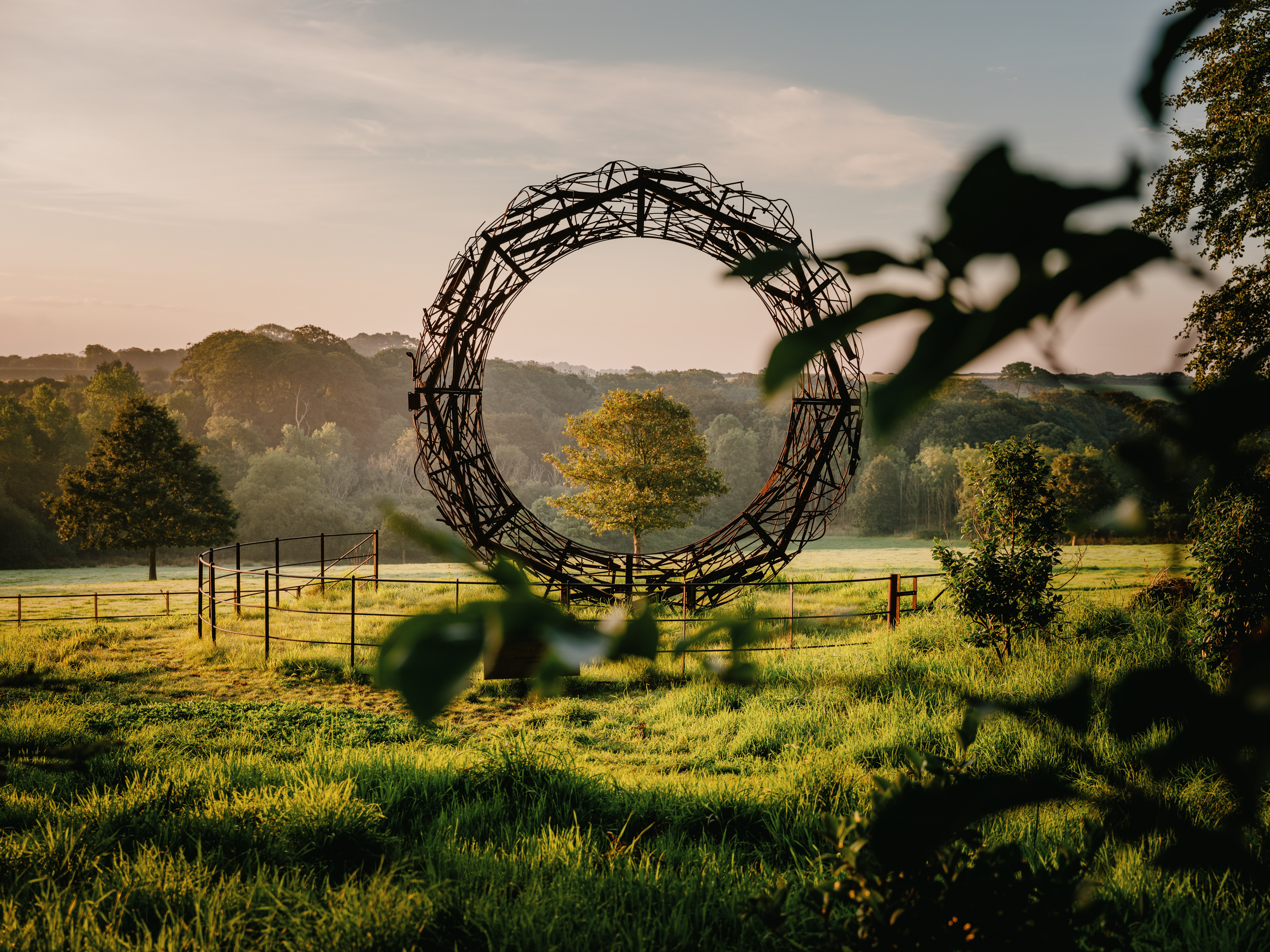
One particular feature that had been present on all the masterplans was the fact that the south lawn had always had an endless runway for the eye to take off into the south. But during Johnstone’s era of species introduction, he had encouraged at least 30m worth of dense planting to close off this area of lawn, no doubt with the intention of protecting these great plants from the elements. It had the effect of ‘boxing us in’ and became a billboard of colour and sweet scent come the spring – which has never not been appreciated for those often intense four months, subject to the conditions that spring affords us of a year. Gary had long since been an advocate for this planting removal and the restoration of the lawn such that with a glint in his eye mirroring that of a newly sharpened axe, he began felling. The very idea of removing trees and plants to make way for the horizonal pleasure on the eye did not sit well for me until, that is, I read Hugh Cavendish’s A Time To Plant. Pouring his heartfelt experience while at the helm of Holker Hall he shares in the book some of the brave decisions taken in his generational approach to planting. In one chapter, aptly named ‘Destructive Gardening’, he invites the reader to not hold back in ‘taking the axe’ and reminds us that gardening is a never-ending journey that requires bravery.
So, fortified by Cavendish’s invitation, armed with our own axe and chainsaw and reassured perhaps by the previous generations’ intentions, detailed as they were in the masterplans that the south lawn was always meant to be an open feature of the garden, we tore opened the vista and allowed the elements in while encouraging the eye out – to say the least it is has been a tremendous success. I would go so far to say that it has enhanced the glory of the botany that lives in this place rather than been deleterious to it. This lawn now, with its comforting formality of mown regimental stripes (thanks to a state-of-the-art new lawn mower), juxtaposed against the irregular shrub planting of various heights, is something we and the visitors take daily pleasure from. Positioned close by to the south-east corner of this lawn is one of the most striking additions to the garden: the Henheddow Circle. A sculpture dreamed up by Cornwall’s own and exceptionally talented Jamie Wild. I had discovered (by injuring myself on them) that the parkland had been enclosed by estate railings introduced by three different generations. Undergrowth had consumed them, yet they lurked just below its surface, primed to harm the unsuspecting adventurer.
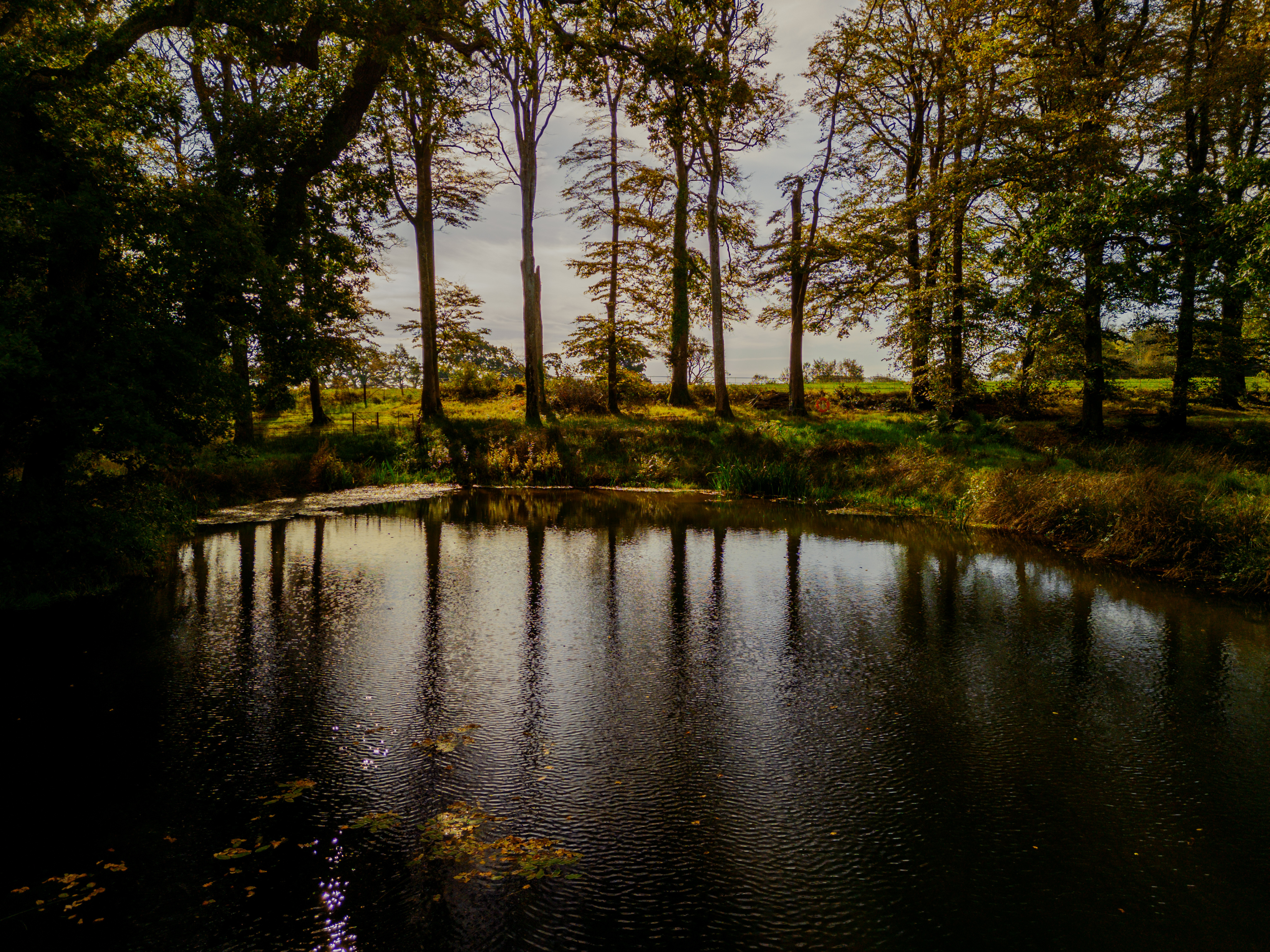
Over the course of two years the parkland team set about removing the old railings and collected over three tonnes of wrought iron fences on site piled up like a mating ball of snakes. Jamie insisted he could make something remarkable with it and set about doing so and after nearly 18 months of working through it crafted this utterly captivating sculpture. The name Henheddow derives from the Cornish word for Generation and accompanying this sculpture is an oak plaque that says: “Taken from the past, to ground you in the present with hope for the future”. It is so transfixing to stare at and get lost in as it further encourages the gaze in the direction of the rising moon. The footprint of the actual garden covers over 40 acres, set in over 200 acres of parkland and while the gardens are renowned for being more formal in nature, we do have an enchanting water garden to the south-west that possesses a more wild frontier. Long, wild, meandering walks amongst ponticum and laurel used to be the experience, however after four years of renovation this wonderous pocket of the garden is now an entirely new and unforgettable experience. Marked clearly on each of the landscape plans are a set of three ponds set to the south-west of the garden that are fed by a total of eight springs.
These ponds were constructed 300 years ago as ornamental bathing ponds but had clearly failed over time, through flood or poor maintenance or both. My father had always envisioned their resurrection and so to we set forth on the journey to reinstate them. Again we worked with Tickner (and the extraordinary Charles Fox of Cornwall before that) to see that it was done with the necessary artistic and sensitive craftsmanship that the opportunity demanded. One key question though was how to avoid the cost and carbon output of removing the centuries of silt build up within the ponds, so it was decided that we should design an earth sculpture with the silt that enables the visitor to gaze from 5m over this the beautiful reconstruction. I never fail to find inspiration and a sense of peace atop this mound and survey what I consider is a stunning restoration. Perhaps the most striking element of this has been the abundance of nature that has taken hold; from snakes, newts, dippers, kingfisher, dragonflies and so much more – the area has proliferated with life and long may it thrive. As I write this, I am staring out at two enormous, 300-yearold veteran and frankly venerable sycamores to east of the House. These were part of collection of trees planted in late 17th century that had dedicated to them, a full-time member of staff tasked to pinch the leader atop these specimens in order to create the dome like appearance as they are shaped today.
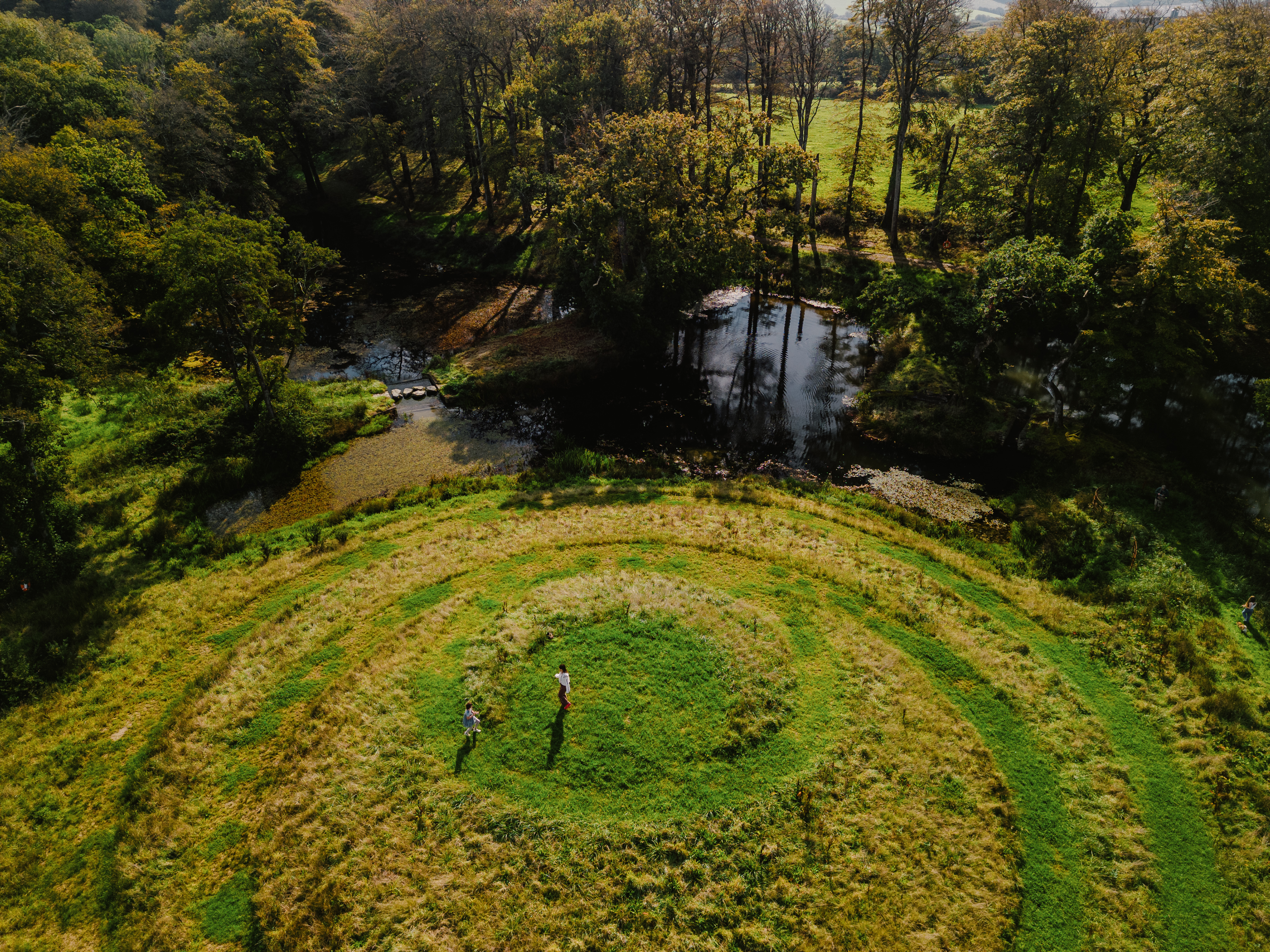
These trees are arguably the most visually arresting features on our parkland. This investment and commitment three centuries ago has paid off and the reason that got my father, and now me, so passionate and curious about trees. There is a real paternal grace to them that stops me every time I see them; utterly humbling, and I know from visitor comments the awe that is shared for them. Today’s news however has sent horror and dismay through the nation, as reports on the felling of the iconic tree on Sycamore Gap on Hadrian’s Wall. What possible motivation could there have been for this? What drove them to undertake such a barbaric act? I could write more about this but so much is being written already and by the time this magazine is published it will be old news and we would have moved on. Ever the optimist, I am left wondering what good might come from this mindless act – perhaps it might put trees back on the national mindset, perhaps it will re-jig society’s relationship with nature and the critical role trees play: both rationally and emotionally. It has only grown my affection for these behemoths such that we will continue to plant, nurture and share. I have come to really appreciate our tree collection but when asked recently what my all-time favourite tree is at Trewithen I shared that it was a nothofagus menziesii, quietly growing on the east side of the south lawn – hard to spot unless you know what you’re looking for. This is a gem of a tree with cloud-like leaves some 80ft up having such a calming affect on those beneath it. Watch this space as more of these will find their way into our growing much loved tree collection. Within the gardens we are proud to steward 18 Champion Trees, so while our reputation, like others in Cornwall is certainly in favour of the spring garden classics, thanks to the vision and nurturing of previous three head gardeners, our tree collection is up there with some of the finest in the South West. I must however confess to the reader at this point, although I imagine many may well have concluded as such, that my own personal knowledge of plant species – while improving only glacially - is in absolute terms, poor. The school report would undoubtedly record a phrase often found in my end of year of ‘could do better’. Try as I might to recall some of the names of plant species, it is quite possible that my 9-year-old daughter has a greater bed of knowledge here than me. I did however find a wicked little hack to give off the scent that I knew more than I did, by simply adding the word japonica or chinensis to a plant that I could recognise – I warmly invite you to try this on friends and defy you not to succumb to the warm glow of deceit.
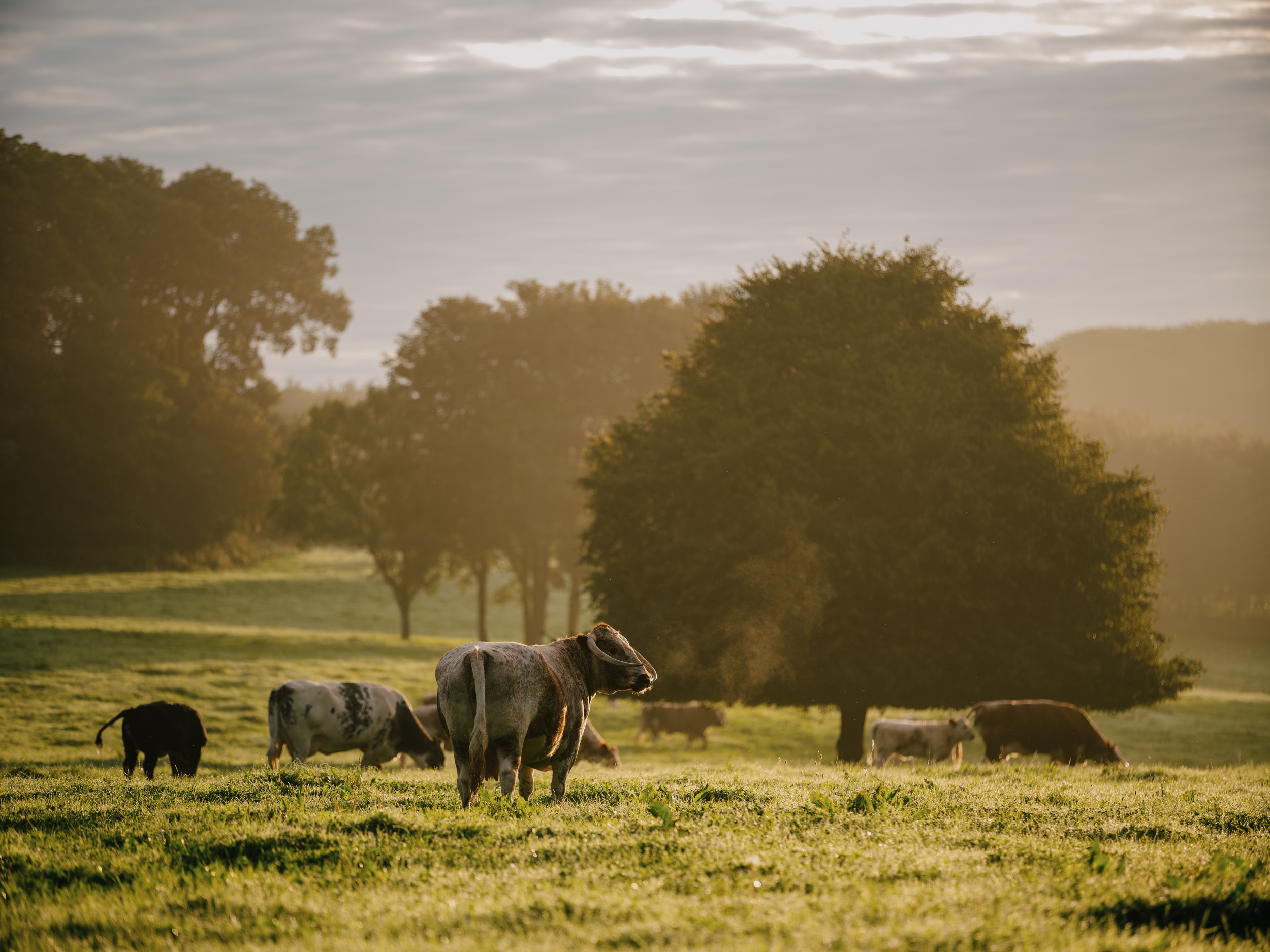
So what is next for Trewithen. It seems that in just seven years we have not exactly sat still, yet nestled in the centre of the heart of parkland lies a truly remarkable set of buildings that have been present as long as the mansion has been there. Known as Home Farm, it was very much the productive centre of Trewithen – operating as a vegetable garden, cut flowers and latterly a dairy from the mid-1800s. The most remarkable of these Grade 1 listed buildings is the red brick structure known as the Trevithick Barn. It was named so after the inventor of the machine that the building was designed to house, Sir Richard Trevithick – the man famed with leading the British steam engine era that turbo-charged the Industrial Revolution and before that the Cornish mining industry. Trevithick was a friend of Sir Christopher Hawkins, the fourth generation Hawkins to live at Trewithen and commissioned him to use his genius in steam above land (as opposed to below) to conceive a wheat-threshing machine for Hawkins to use at Trewithen. The thresher, unbeknownst to Hawkins perhaps, came to be recognised as the world’s first steam powered agricultural automation. It was put to work in this custom building and used, we understand, for 40-odd years before being packed up and gifted to the London Science Museum where it sits, still to this day in the boxes it was packed into. We are making every effort to have this industrial relic returned to us and reinstated where it was originally meant to be.
Over the years the purpose for each building had evolved – as ever these things do – but now after five years of deciding how to bring these stunning buildings back to life, we will shortly begin the work of giving these amazing buildings a new lease of life and reason for being. The visitors to Trewithen will, upon completion in approximately two years’ time, arrive at the Home Farm where their experience will begin. The garden area (where once the Trewithen plant nursery stood) has been meticulously designed and thought through and we are very excited to get this up and running. Perhaps now I am seeing that my youth wasn’t quite as misspent as I recall as I know the footprint of Trewithen and the parkland intimately. Yes, the pressure of the place weighs heavy on the shoulders, but only when you stop and at the moment there is little chance of that happening.
Sam Galsworthy
photos © Danny North